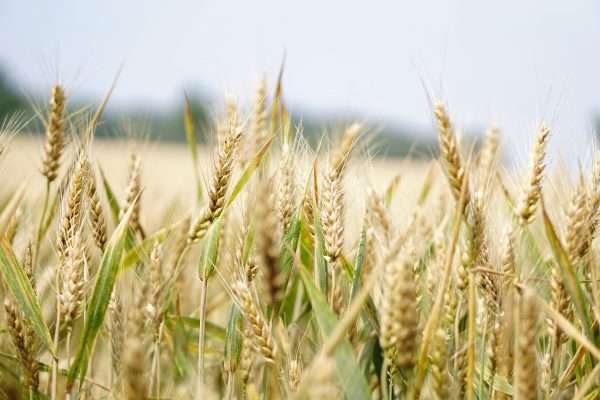First genetic radiography of the wheat from 21 Mediterranean countries used to make pasta

A team of Spanish scientists, with the participation of the University of Granada, has carried out the first durum wheat genetic, phenotypic and geographic adaptation study to date. Durum wheat is mostly used for the production of pasta and semolina in the Mediterranean area.
The researchers have phenotyped a collection of 172 of durum wheat local varieties (landraces) from 21 Mediterranean countries, cultivated along with 20 modern varieties in six environments of the north and south of Spain.
Durum wheat is a typical Mediterranean crop, given that it requires moderately dry environments with high temperature and radiation during grain growth for its optimum production and quality. Domesticated during the Neolithic Revolution in the Fertile Crescent (Syria, Turkey and Lebanon), durum wheat spread throughout the Mediterranean basin more than 10,000 years ago, until arriving in Spain, leaving diverse landraces in its path through each region. The closer they were geographically to their center of origin, the genetically closer they were to wild varieties.
Genetic association studies aim to establish the statistical relationship between certain genetic variables and the phenotypic characters they determine, establishing consanguinity relationships between plant populations. Additionally, such studies establish which genetic characteristics are decisive for the expression of phenotypic traits of interest for the genetic improvement and adaptation of crops to the environmental conditions resulting from global climate change.
The phenotypic traits studied in this work include, among others, flowering time, biomass, drought resistance, foliar architecture, photosynthesis, proteins, yield, and yield components.
The genetic (or genotyping) study was carried out with 44 microsatellites (SSRs) that identified 448 alleles (each of the alternative forms that the same gene may have, which differ in their sequence, and that can be manifested in specific modifications of the function that said gene has). 226 of said alleles appeared with a frequency lower than 5 percent, and there were 10 alleles per locus on average (a fixed position on a chromosome, such as the position of a gene or a genetic marker).
Five genetic subpopulations
The statistical study has allowed the division of wheat into five genetic subpopulations, one with all modern cultivars and another four closely related to the geographical origin of local varieties: Eastern Mediterranean, Eastern Balkans and Turkey, Western Balkans and Egypt, and Western Mediterranean.
This is the first published study which uses local varieties of Mediterranean durum wheat as well as modern cultivars, showing a solid relationship between genetic and phenotypic populations and the connection of both to the geographical origin of landraces.
In addition, the results of the study have shown that by using the correct amount of markers, and correctly distributing them in the genome, great similarities can be found between genetic distances and the adaptive response of durum wheat to different environments, including those derived from the global climate change.
More information: Jose Miguel Soriano et al. Genetic Structure of Modern Durum Wheat Cultivars and Mediterranean Landraces Matches with Their Agronomic Performance, PLOS ONE (2016). DOI: 10.1371/journal.pone.0160983
Journal information: PLoS ONE
Provided by University of Granada


















